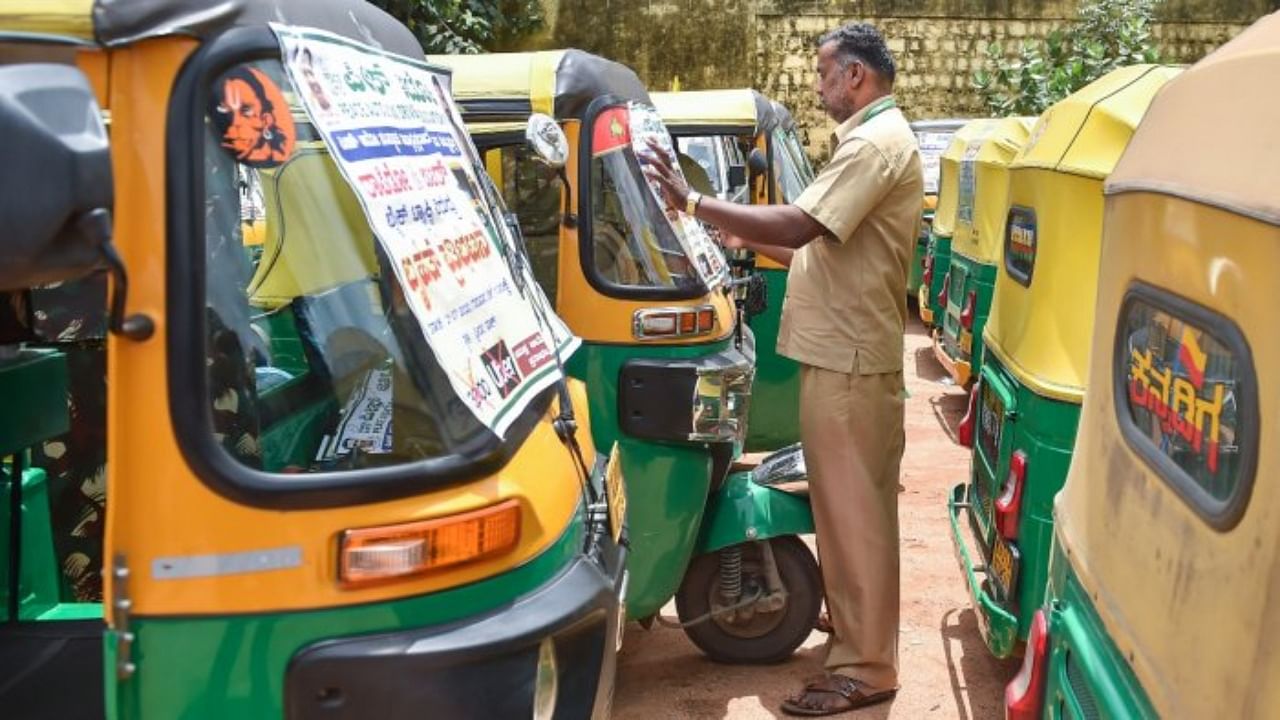
The Karnataka High Court has done well to allow app aggregators like Ola and Uber to continue to offer autorickshaw rides on their apps while directing the government to fix fares for the same within 15 days. This has brought relief to commuters, auto-drivers and to the aggregators. The Karnataka government had last week ordered Ola, Uber and Rapido to pull their autorickshaw and bike ride services following complaints of overcharging from commuters. It had contended that the app aggregators had not obtained licences to offer autorickshaw rides on their platforms and that they were not authorised to do so under the Karnataka On-Demand Transportation Technology Aggregators Rules, 2016, which permit them to provide only taxi service. Justice MGS Kamal, who heard the case, however pointed out that the 2020 guideline issued by the central government lists autorickshaws, e-rickshaw, motor-cab, motorcycle and bus as vehicles that can be offered on aggregator platforms. If, as the government claims, the autorickshaw services were illegal, why did the transport department not act against them all these years? The authorities had for long ignored auto-drivers’ pleas that they were being given a raw deal while the aggregators were charging commuters exorbitantly in excess of the meter tariff. The government-fixed minimum autorickshaw fare is Rs 30, but aggregators charged as high as Rs 100. They also resorted to ‘surge pricing’ during peak hours and bad weather, which is illegal as per existing laws.
It has been a frequent complaint from commuters that auto-drivers often refuse to ply to the desired destination. E-hailing autorickshaws on the aggregator apps had thus brought in a level of convenience to commuters and largely removed the scope for haggling over fares, although auto-drivers continue to play truant. The government’s total ban on aggregators offering autorickshaw rides was, however, a kneejerk reaction that benefitted no one. Commuters are willing to pay a reasonable premium over the meter fare for the convenience of hailing a ride on an app. The court has rightly allowed aggregators to charge no more than 10% of the meter tariff as convenience fee.
The government will do well to study the ‘Kerala Savari’ app in the neighbouring state where drivers are charged a commission of 8% while commuters do not have to worry about exorbitant fares or surge pricing. While excessive government intervention in any sector is not desirable, the state needs to view mobility as a public good and ensure that it is accessible and affordable to all.